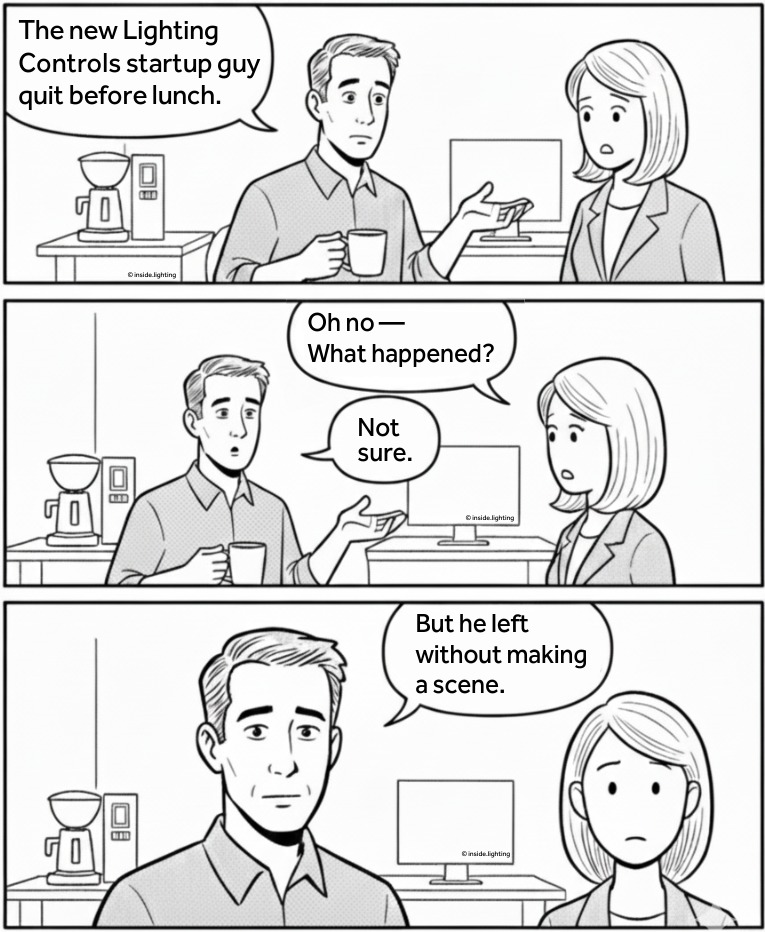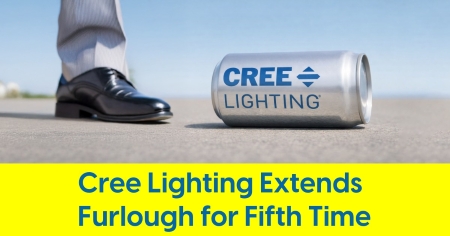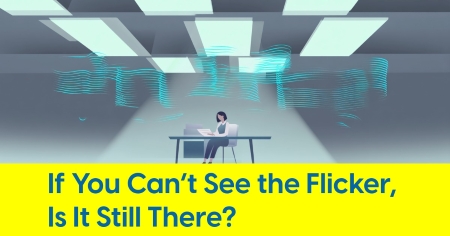January 23, 2025
Watt’s Going On? No, Incandescents Aren’t Back

Rumors of lifted incandescent bulb bans are inaccurate; standards remain unchanged
Confusion has arisen over President Trump’s recent wave of executive orders, with false reports spreading that the ban on incandescent light bulbs in the United States has been reversed.
Much of the conversation has revolved around a January 20, 2025, executive order titled "Unleashing American Energy," which references consumer choice in goods and appliances, including light bulbs. However, it is essential to clarify that this executive order does not remove or overturn the existing federal efficiency standards governing light bulbs.
The current efficiency standards, which effectively prohibit the manufacture and sale of traditional incandescent bulbs for general lighting purposes, are enforced under the Energy Policy and Conservation Act (EPCA) and strengthened through DOE regulations following the Energy Independence and Security Act of 2007.
These laws set a minimum efficiency requirement of 45 lumens per watt for general service lighting, a threshold that traditional incandescent bulbs do not meet. This requirement is based on statutory authority, meaning an executive order alone cannot repeal it. However, the Department of Energy (DOE) has the ability to modify efficiency standards through its regulatory rulemaking process, subject to public comment and review.
Scope and Implications of the Executive Order
The executive order does express a policy intent to promote consumer choice and review regulations affecting goods such as light bulbs. However, its provisions must operate within the boundaries of existing federal laws. Specifically:
- The 45 lumens per watt standard remains in effect. While this requirement is established under federal law, the Department of Energy (DOE) can modify efficiency regulations through its rulemaking process, which includes public comment, regulatory review, and potential legal challenges. Congress could also change the law directly, but this is not likely or expected.
- Executive orders cannot override statutory requirements. They can direct federal agencies to review or adjust how regulations are implemented but cannot change the legal framework underpinning those regulations.
- Traditional incandescent bulbs are still non-compliant. Manufacturing or importing incandescent bulbs that do not meet the efficiency standard remains prohibited under federal law.
Two notable obstacles:
One angle the DOE could implement is an attempt to weaken the 45 lumens-per-watt standard by redefining 'general service lamps' (GSLs), similar to its 2019 efforts to exclude certain bulb types from regulation. For example, DOE could modify the scope of 'general service lamps' (GSLs) to further exclude additional categories of incandescent bulbs or limit future efficiency updates, allowing broader market availability.
Two notable obstacles exist:
- The Energy Policy and Conservation Act (EPCA) requires that any new or revised efficiency standard must be technologically feasible, economically justified, and result in significant energy savings (42 U.S.C. § 6295(o)(2)).
- The anti-backsliding provision in EPCA (42 U.S.C. § 6295(o)(1)) prohibits the DOE from weakening efficiency standards once they have been set unless a new, stronger justification is presented.
If deregulatory trends continue and gain support from the DOE and Congress, the regulatory framework may gradually evolve to adopt a more relaxed approach to efficiency standards.
Getting it Right
The suggestion that this executive order 'removes the ban' on incandescent bulbs with a simple stroke of Trump’s Sharpie misrepresents the scope of its impact. While the order reflects an intent to emphasize consumer choice, it does not repeal or invalidate the federal efficiency standards currently in place.
In the lighting industry, accurate interpretations of policy changes are critical to maintaining trust and ensuring businesses and consumers can make informed decisions. Mischaracterizations of regulatory changes risk creating confusion and may lead to unnecessary compliance concerns or strategic missteps.
Even if incandescent light bulbs were to make a regulatory comeback, it's hard to imagine a major lamp company investing significant resources into reviving old incandescent product lines, given the industry's evolution toward LED technology and the demand for highly efficient light sources.










